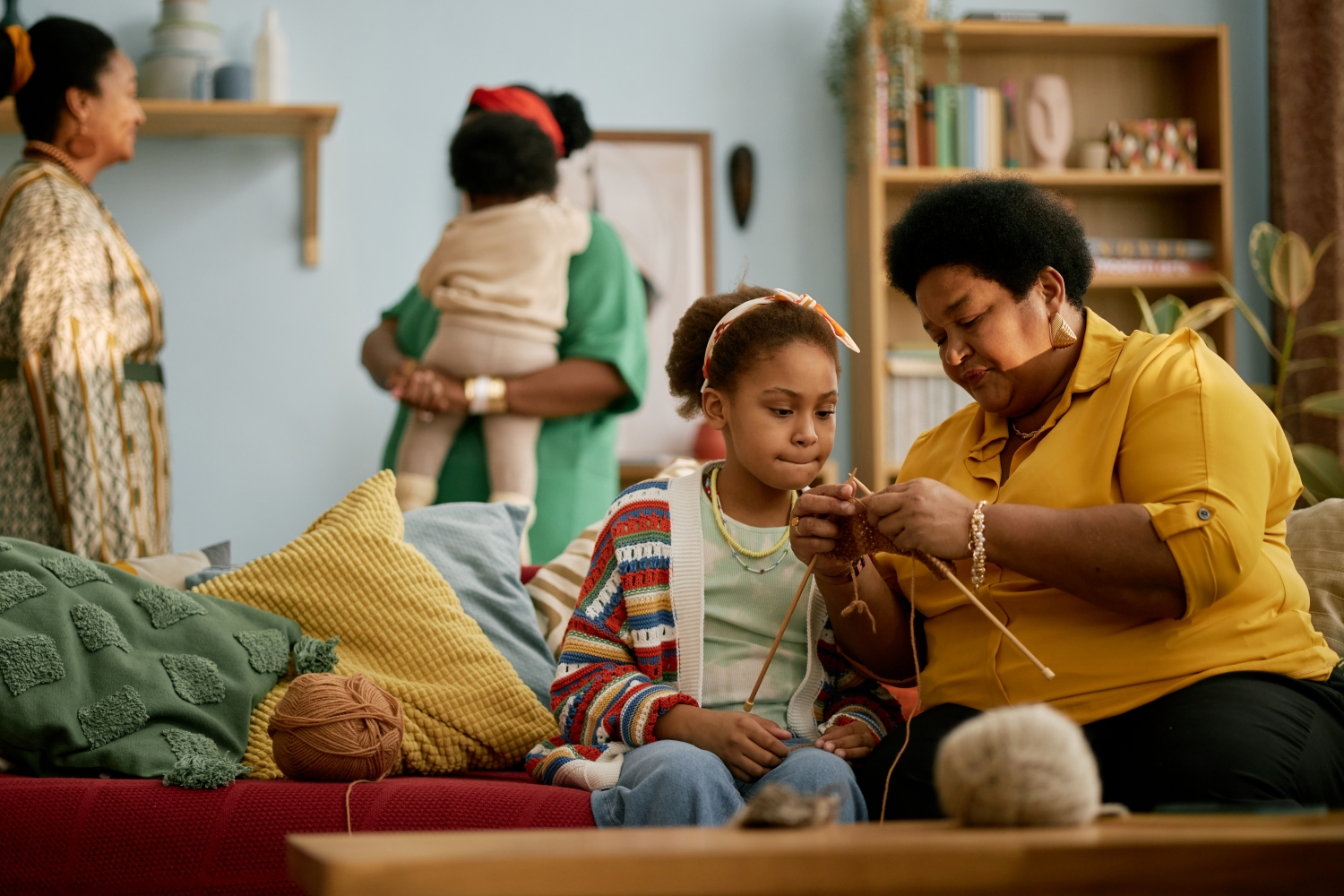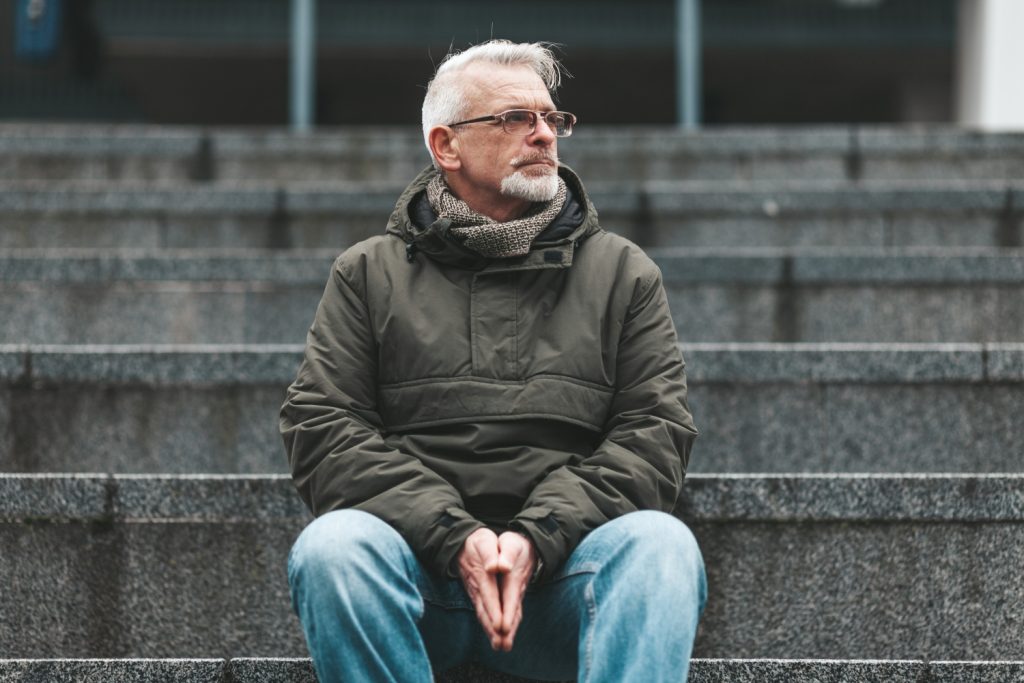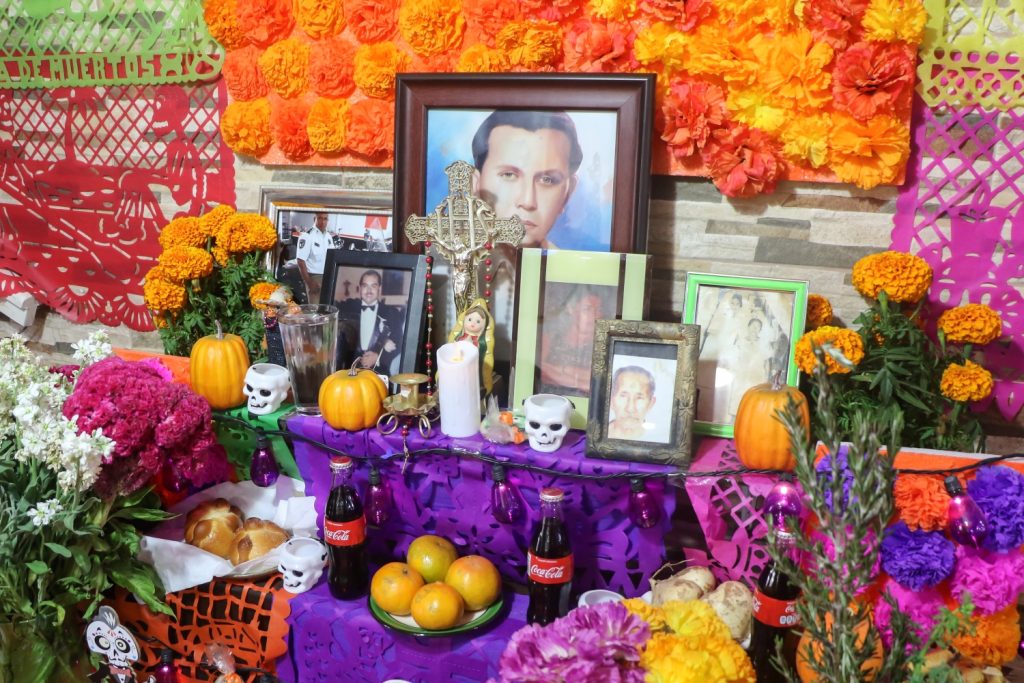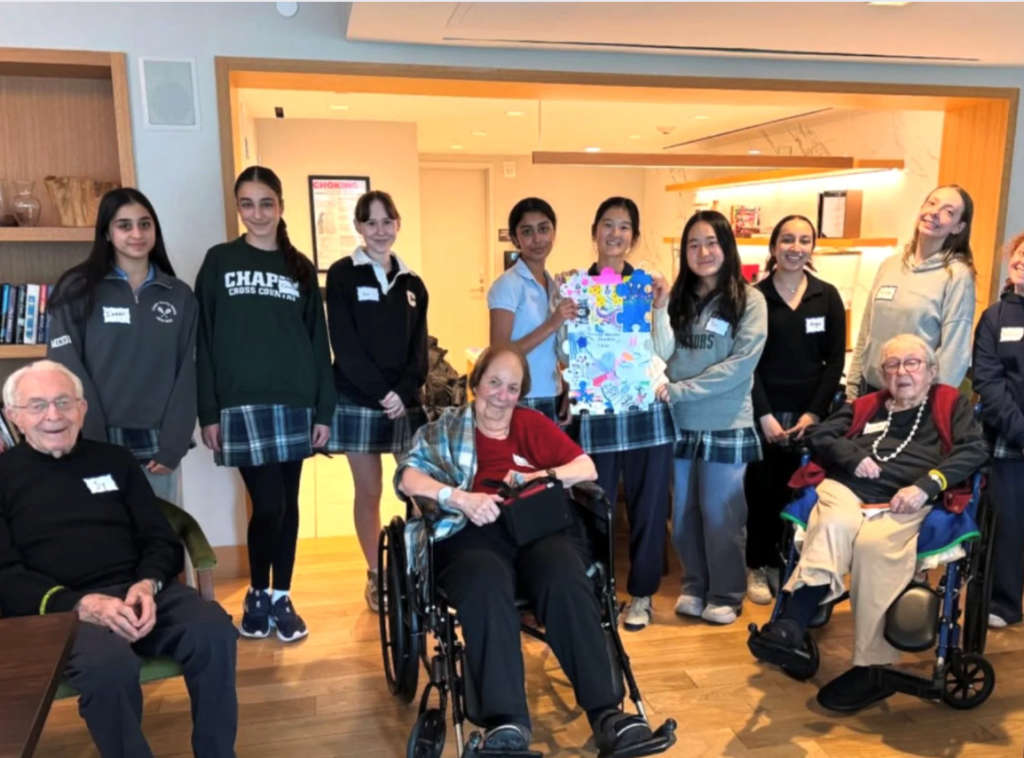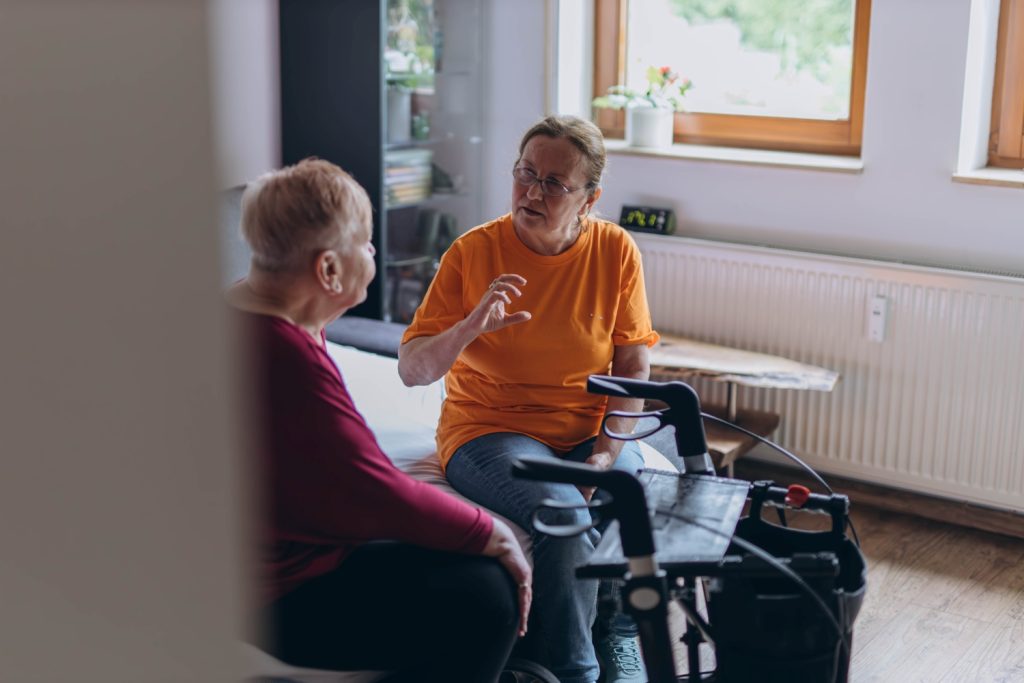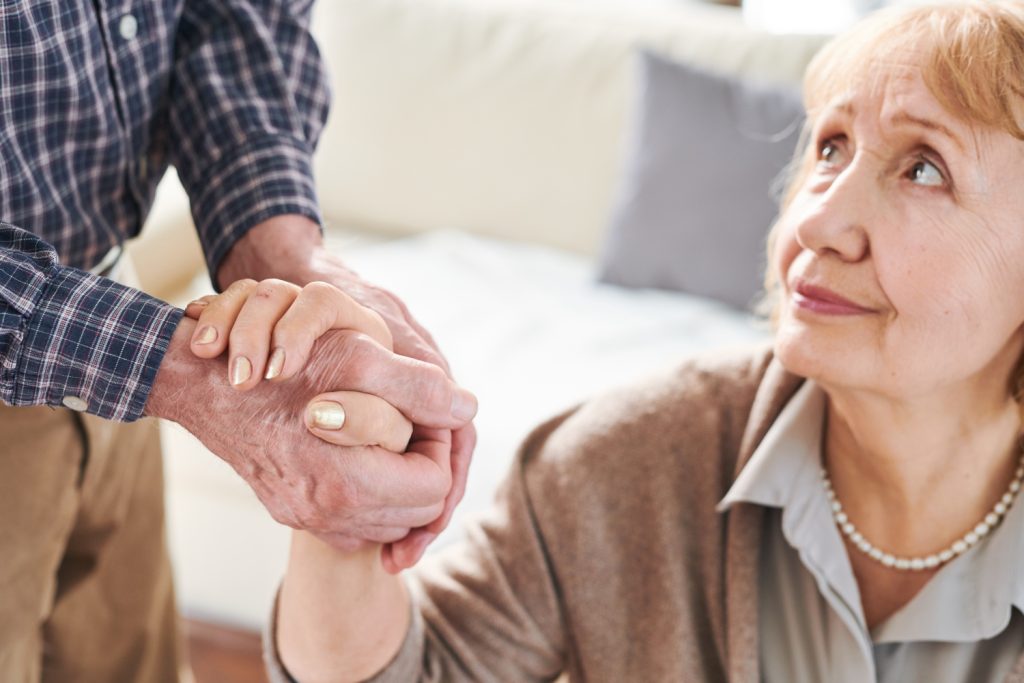Editor’s Note: The John A. Hartford Foundation is collaborating with ASA to advance equity in aging by supporting ASA RISE, a 20-week social justice and leadership program for rising leaders of color in aging, and via the development and dissemination of equity-related, partnership-based thought leadership through ASA’s Generations platform. This blog post is part of that series.
Every November, we pause to honor the more than 63 million family caregivers, Americans who provide unpaid care to an older adult, person with a disability, or loved one in need. Their work—often invisible, often unacknowledged—is what makes aging in community possible. Yet even as we celebrate caregivers’ compassion, we must confront the inequities that too often define their experience: exhaustion, financial strain, and a lack of structural support.
Family caregiving is one of the most profound expressions of belonging. It’s a relationship built on trust and endurance—on being present, again and again, in the face of uncertainty.
Caregivers are translators, advocates and lifelines. They embody what it means to stand in the space between vulnerability and strength.
Caregiving is the quiet architecture of belonging—the way love becomes structure and connection becomes survival. It’s what tethers families across distance, what bridges generations, and what makes aging not just a personal process but a collective one. Whether we name it or not, caregiving is one of the most profound ways we practice belonging.
Every caregiver knows this truth: belonging isn’t built in grand gestures, but in the everyday rituals of care. It’s the morning check-in call to make sure Mom took her medication. It’s the adult child translating discharge instructions after a hospital stay. It’s the neighbor who brings over soup, not because she must, but because she knows what it’s like to be tired and alone. These small, consistent acts of attention remind us that care and connection are inseparable.
Yet, as a society, we have a complicated relationship with caregiving. We praise it as noble but rarely fund it as necessary. We celebrate family bonds but overlook the infrastructure that sustains them. Millions of Americans—mostly women, often people of color—perform the unpaid labor that keeps our families functioning, our communities intact, and our systems from collapsing. And still, too many caregivers navigate their work in isolation, without acknowledgment, without rest, without belonging.
National Family Caregivers Month reminds us that belonging is not an abstract idea, it’s a daily practice of love, labor and presence.
The caregiving crisis is, at its heart, a belonging crisis. When caregivers feel unseen, undervalued, or excluded from policy conversations, we lose the connective tissue that makes our social fabric resilient. Aging well requires that we not only support older adults but also recognize and sustain the networks of care that hold them.
In my family, I’ve seen how caregiving binds generations together in unexpected ways. When my parents, siblings, cousins and I cared for Granny and Papa, we learned that caregiving isn’t just about tending to frailty—it’s about sustaining dignity. It’s about learning to see one another not through the lens of need or role, but through the lens of relationship. Caregiving revealed the depth of our interdependence, and with it, a new kind of belonging.
Aging and caregiving are inseparable. As lifespans lengthen and families evolve, the circle of care expands—spanning generations, chosen families, and communities that redefine what “family” means. But caregiving cannot solely depend upon individual devotion. It must be supported by systems that honor care as both social good and shared responsibility.
Belonging reframes caregiving as a personal practice and a public responsibility. It calls on us to build systems that treat caregivers not as invisible laborers but as essential partners in health and aging. It invites us to redesign programs, policies and workplaces so that care is recognized as an economic and emotional engine of the longevity economy.
Imagine a future where we measure success not only by longevity but by the quality of our interdependence. Where family caregivers receive stipends, respite and flexible work schedules as standard—not as favors. Where community centers are designed as hubs of care, not just services. Where we acknowledge that giving and receiving care are shared human capacities that link us all.
At the American Society on Aging, our work centers this truth: belonging is sustained by care. It’s why we advocate for paid leave, respite services, fair wages for direct care workers, and culturally competent supports for caregivers of color, LGBTQ+ families, and older adults aging with HIV who too often experience compounded stigma and isolation. True belonging means ensuring that no one shoulders care alone.
To build belonging through care, we must do three things:
- See caregiving as expertise. Lived experience should inform policy, training and design.
- Support caregiving as infrastructure. Federal and state systems must invest in the workforce and the families doing the work.
- Celebrate caregiving as culture. Our stories—of tending, loving, and enduring—deserve to be told and honored.
As the seasons of life shift, caregiving moves through us all. We will each play our part—giver, receiver, witness—sometimes all in the same year. The task before us is to ensure that those who care do not do so alone, unseen, or unsupported.
Because in the end, belonging isn’t about proximity or policy alone. It’s about the quiet, daily practice of showing up for one another—of tending, listening, remembering. Care is what connects us. It’s the work of love, the architecture of belonging, and the most human part of aging well together.
This National Family Caregivers Month, may we recognize that caregiving is not a private burden but a public trust. When we lift caregivers, we strengthen the foundation of our aging society.
For more on caregiving, don’t miss our Nov.–Dec. issue of Generations Today: The New Face of Caregiving, coming out Nov. 18.
Patrice L. Dickerson is ASA’s Senior Equity Strategy Director, and co-leads the ASA RISE fellowship program.
Photo credit: Shutterstock/SeventyFour

